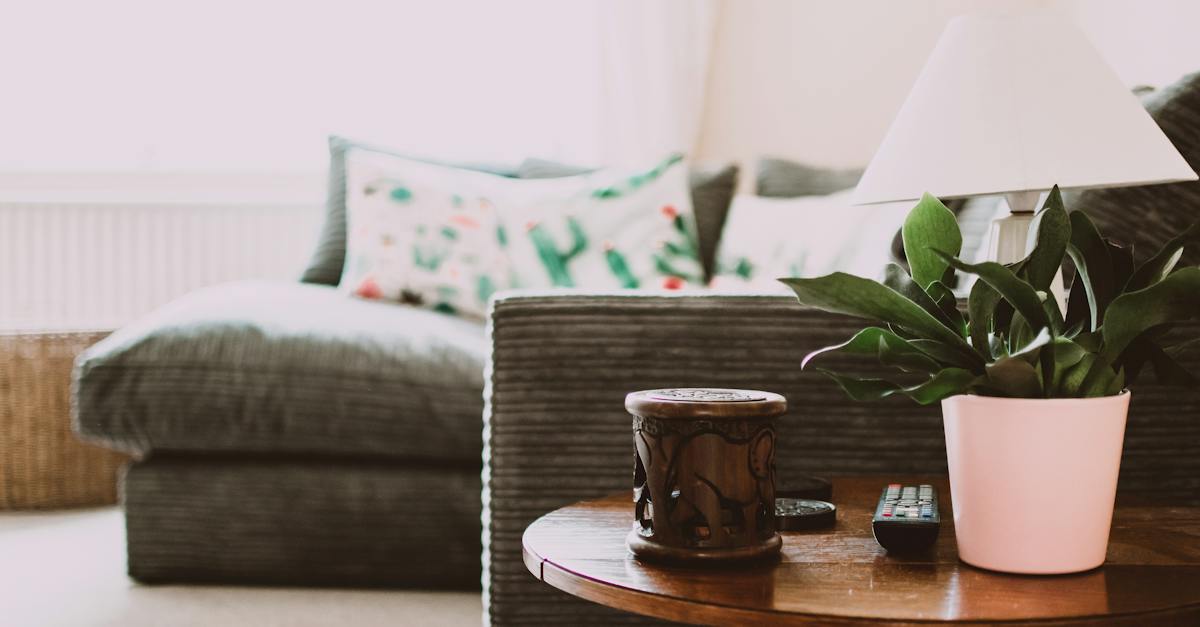Key Takeaways
- Select indoor plants based on light requirements, watering needs, size, space, and air quality for optimal growth.
- Choose the appropriate potting mix tailored to the plant type – well-draining for succulents, good water retention for tropical plants.
- Pick the correct pot size by considering current plant size, future growth, and allowing 2 inches of diameter for root expansion.
- When planting indoor plants, loosen roots, place in new pot with soil, press gently, and water thoroughly post-planting.
- Care for indoor plants by watering when the top soil feels dry, checking for pests regularly, and using balanced fertilizer every 4-6 weeks.

Selecting the Right Indoor Plants
When it comes to selecting indoor plants, it’s important to consider a few key factors to ensure they thrive in your home.
Here are some tips:
- Light Requirements: Determine the amount of natural light your space receives and choose plants that match those conditions. Some plants thrive in low light, while others need lots of sunlight.
- Watering Needs: Consider your lifestyle and how often you can water your plants. Select plants that align with your watering routine to keep them healthy.
- Size and Space: Take into account the size of your space and choose plants that fit well without overcrowding.
- Air Quality: Some indoor plants can help improve indoor air quality by filtering out pollutants. Consider plants like Spider Plants or Peace Lilies for cleaner air.
For more insights on selecting the right indoor plants, check out this helpful guide by The Spruce.
Choosing the Appropriate Potting Mix
When potting indoor plants, selecting the right potting mix is critical for their growth. The type of plant you have will determine the mix you need. For succulents and cacti, opt for a well-draining mix to prevent waterlogging. On the other hand, tropical plants prefer a mix with good water retention. Ensure the mix is sterile to avoid pests and diseases.
We recommend using a high-quality mix from reputable brands or making your own blend. A mix of potting soil, perlite, and vermiculite works well for many indoor plants. After all to repot your plants annually to refresh the soil and provide important nutrients for healthy growth.
For more in-depth guidance on selecting the perfect potting mix for your indoor plants, check out this helpful resource from The Spruce.

Picking the Correct Pot Size
When it comes to selecting the right pot size for our indoor plants, we need to consider their current size and future growth. Plants need space to spread their roots comfortably. A pot that is too small may restrict their growth, while one that is too large can lead to overwatering.
To determine the ideal pot size, we should look for one that is about 2 inches larger in diameter than the current pot. This allows room for the roots to grow without drowning in excess water.If repotting a small plant, it’s best to choose a pot that’s slightly bigger to accommodate growth.
For more detailed information on selecting the correct pot size for indoor plants, check out this helpful guide from Better Homes & Gardens.
Planting the Indoor Plants
When it’s time to plant, gently remove the plant from its current pot. Loosen the roots a bit to help them grow in the new pot. Place a layer of soil in the new pot, position the plant, and fill the rest with soil around it. Press gently to secure the plant. Water thoroughly after planting to help the plant adjust.
If you’re unsure about planting techniques, websites like Gardening Know How offer step-by-step guides. After all, each plant is unique, so research before potting. The key is to give your plant the right environment to flourish.

Caring for Indoor Plants in Pots
When it comes to caring for indoor plants in pots, proper watering is important. We should water our plants when the top inch of soil feels dry. Overwatering can lead to root rot, while underwatering can cause wilting.
Checking for pests is critical in maintaining healthy indoor plants. Regularly inspect the leaves and stems for any signs of pests like mites or aphids. If detected, treat them promptly to prevent further damage.
To support growth, consider using a balanced fertilizer every 4-6 weeks during the growing season. This provides important nutrients for our plants to thrive.
For more detailed care guides and troubleshooting tips, websites like Gardeners can be incredibly helpful resources. After all, each plant is unique, so understanding its specific needs ensures our indoor plants flourish.
